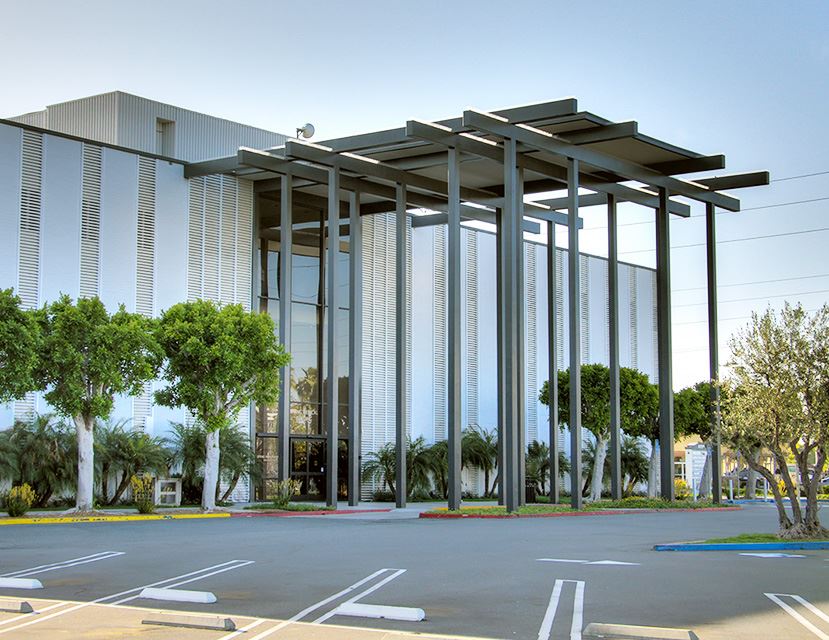
Periodontal Disease Relating to Systemic Conditions
Periodontal disease can be a symptom of a disease or condition affecting the rest of the body. Depending on the underlying condition, the disease can behave like aggressive periodontal disease, working quickly to destroy tissue. Heart disease, diabetes and respiratory disease are the most common cofactors, though there are many others. Even in cases where little plaque coats the teeth, many medical conditions intensify and accelerate the progression of periodontal disease.
Treatment: Initially, the medical condition which caused the onset of periodontal disease must be controlled. The dentist will halt the progression of the disease using the same treatments used for controlling aggressive and chronic periodontal disease.
Necrotizing Periodontal Disease
This form of the disease rapidly worsens and is more prevalent among people who suffer from HIV, immunosuppression, malnutrition, chronic stress or choose to smoke. Tissue death (necrosis) frequently affects the periodontal ligament, gingival tissues and alveolar bone.
Treatment: Necrotizing periodontal disease is extremely rare. Because it may be associated with HIV or another serious medical condition, it is likely the dentist will consult with a physician before commencing treatment. Scaling, root planing, antibiotic pills, medicated mouth wash and fungicidal medicines are generally used to treat this form of the disease.
If you have any question or concerns about the different types of periodontal disease and treatments, please ask your dentist.

Do you want to improve your smile? do you have a dental concern

Our online consults haven't stopped! We are working hard to make sure your dental
needs don't have to wait! Connect with us today and get all of your questions answered
for free in three easy steps.
- Upload a smile photo or area of concern.
- We will create a personalized video with recommendations.
- View your video and schedule an appointment.

Patients love us!
-
“This dental office is highly recommended- for their service, friendliness and expertise in dentistry. The deep cleaning done for my needs was painless.”
Marybeth H. -
“The staff & doctor Cho were very friendly & professional. I’m so glad that I’ve finally found a good dentist… I’ve already referred 2 others!”
Debbie C. -
“Very honest man. A credit to his profession and Korea. At 88, with all the problems of old age, I feel totally safe with him. He literally rescued me.”
Naresh V. -
“Excellent. Comfortable, intelligent, wasn’t oversold on stuff I didn’t need.”
Nick S. -
“The staff are friendly and I like the text appt reminder. Dr Cho and the staff are great. They are friendly and accommodating. I provide 100 % quality service.”
Michelle M.

